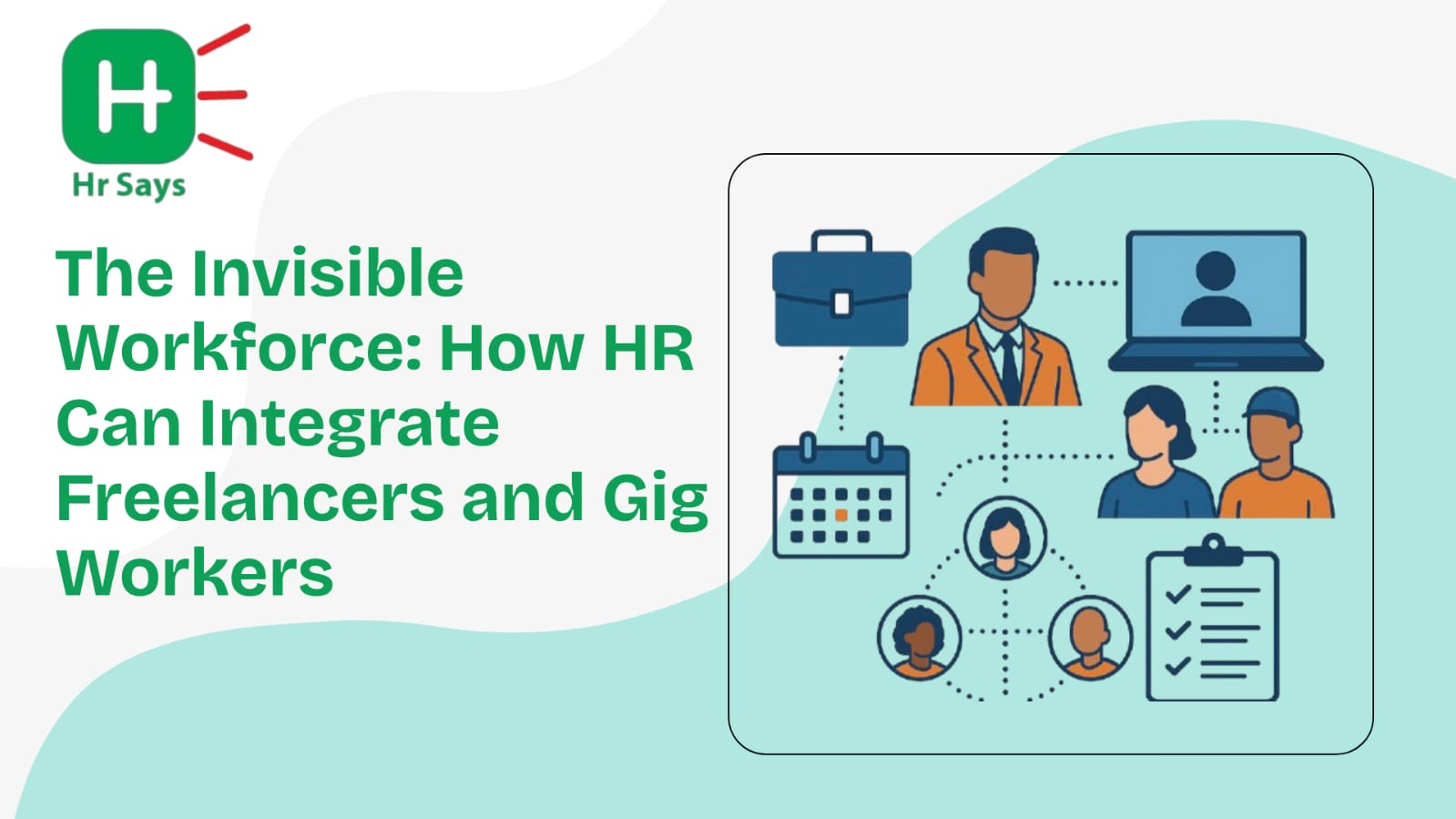What happens when half your team isn’t on your roster? The rise of freelancers and gig workers has reshaped how work gets done. Yet, many HR teams still operate in a full-time-only mindset. That needs to change. And fast.
The Rise No One Saw Coming
They’re not new, but they’re now impossible to ignore. From writers to coders, delivery riders to virtual assistants—gig and freelance workers are everywhere. In 2024, over 36% of the U.S. workforce was freelance. In Europe, the number is rising steadily. The GCC is seeing a boom in creative and tech freelancers.
They’re skilled. They’re agile. But they’re also... invisible. Often left out of team meetings, performance reviews, or even thank-you emails.
Why HR Can’t Ignore Them Anymore
These workers might not be full-time—but they drive outcomes.
● Projects move because of them
● Customers are served because of them
● Innovations happen with their input
Still, most HR systems are built around permanent employees. No structure exists to support or engage the flexible workforce. That’s where the gap begins.
What Integration Could Look Like
HR doesn’t need to control freelancers. But they do need to create an ecosystem where they feel included, respected, and clear on expectations.
Here’s how that could happen:
● Onboarding: A short, clear, digital welcome pack that outlines tools, deadlines, and communication styles.
● Recognition: Acknowledge their work in team updates, Slack channels, or project
reviews.
● Access: Give them what they need—logins, files, briefings—without delay.
● Feedback: Ask for it, and give it. Freelancers appreciate clarity too.
● Legal Clarity: Avoid confusion. Contracts should clearly state scope, duration, and
payment terms.
A few systems. A little structure. A big difference.
The Emotional Gap
Most freelancers say the work is fine—it's the feeling of being replaceable that wears them
down.
They often miss:
● A sense of belonging
● Visibility of how their work fits in
● Opportunities to grow with the brand
They don't want pizza parties. They want respect and transparency. Simple, right?
But There’s a Line
Let’s be clear: freelancers aren’t employees. They don’t need office politics, micromanagement,
or culture-building jargon. They value independence. But that doesn’t mean they should feel
disposable.
Balance is everything.
Conclusion
The workforce is no longer black and white. Full-time or freelance, office or remote—it’s all
blurred now. HR’s role is not to draw lines, but to build bridges.
Because when freelancers feel seen, businesses move faster, smarter, better. The invisible
workforce isn’t going away. It’s time they were part of the plan.

 They work from cafés, bedrooms, and coworking hubs. They're not on the payroll—but they’re everywhere. The freelance and gig workforce is growing fast. Can HR keep up—or will it fall behind?
They work from cafés, bedrooms, and coworking hubs. They're not on the payroll—but they’re everywhere. The freelance and gig workforce is growing fast. Can HR keep up—or will it fall behind?












.jpeg)
.jpeg)

.jpeg)

.jpeg)


.jpeg)

.jpeg)

.jpeg)


